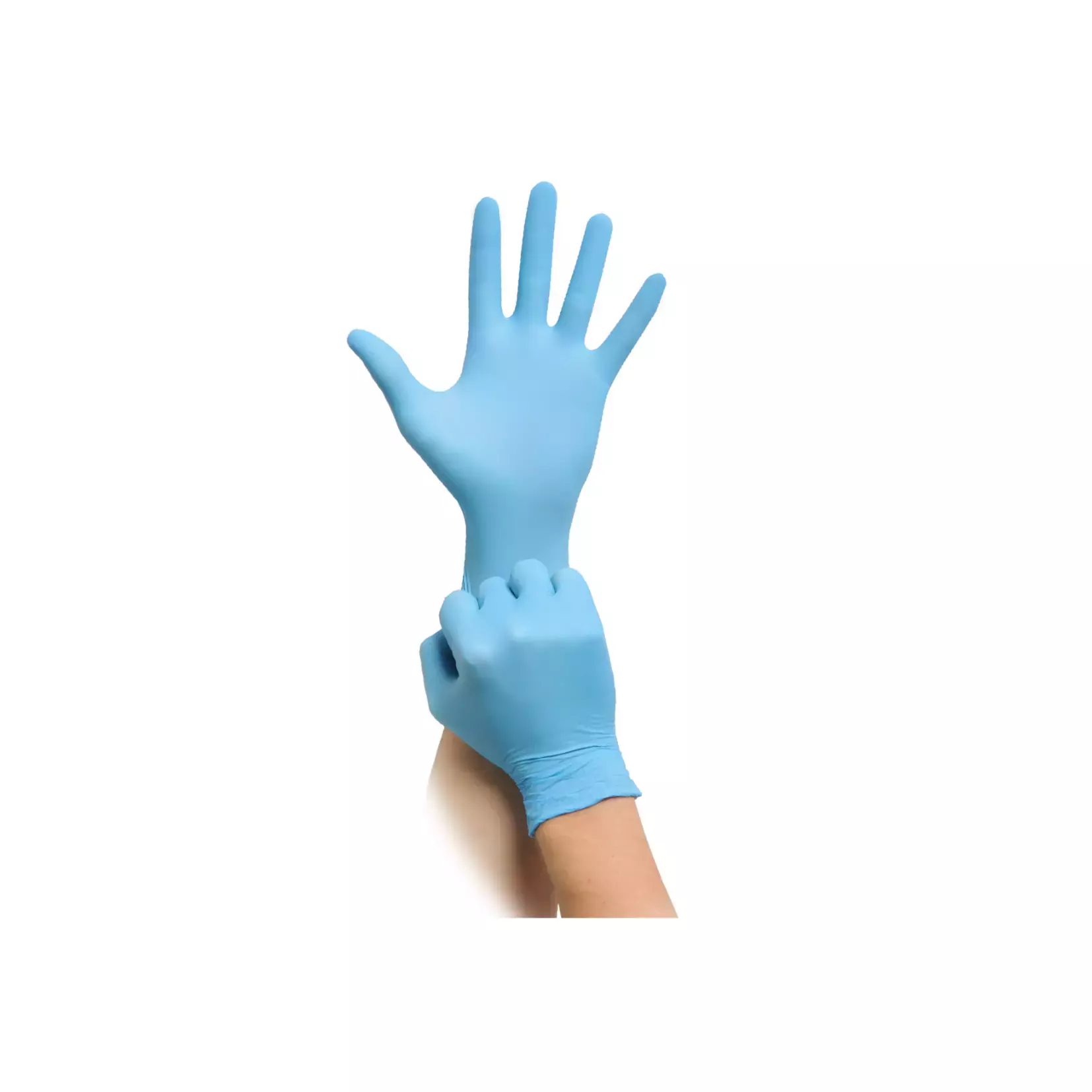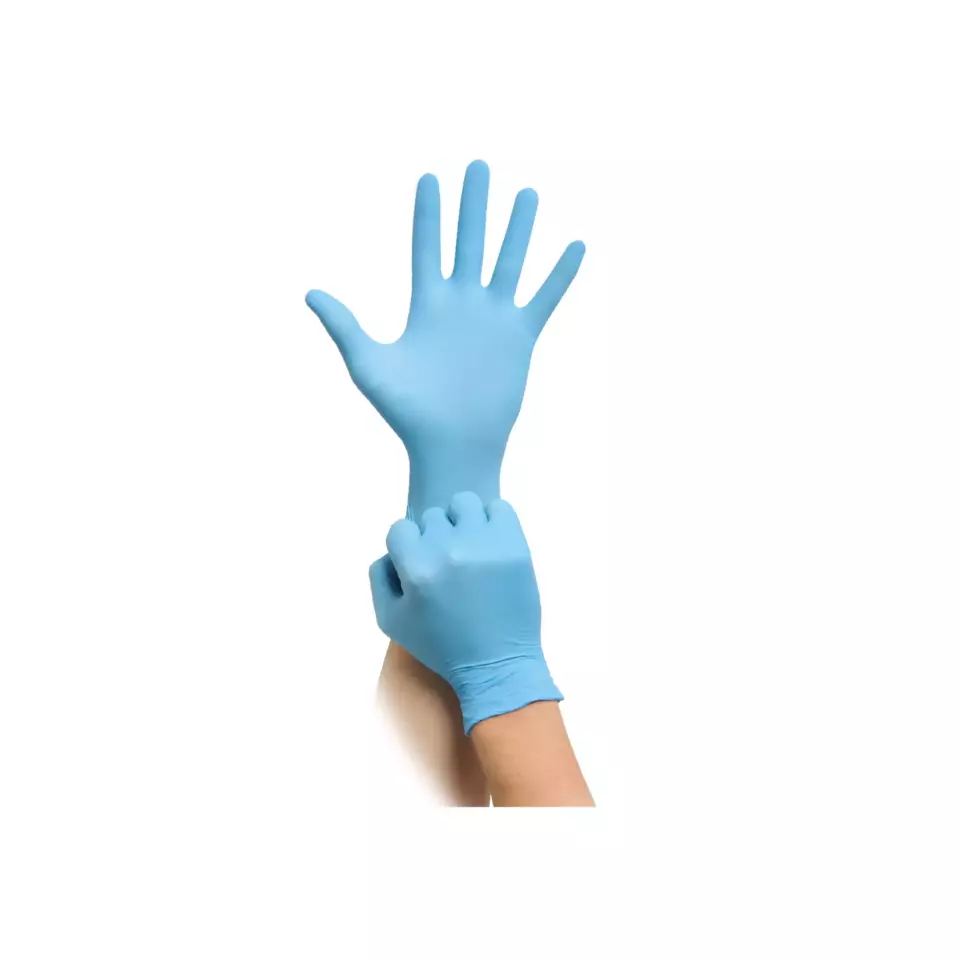

Features You'll Love

Surface · Smooth
The texture of the glove exterior, affecting grip strength and handling capability for different tasks and working conditions.

Finger Thickness · 1 mm
Measures the material thickness at the fingertips, affecting tactile sensitivity, dexterity, and protection level during use.

Cuff Style · Rolled
The design of the wrist opening, affecting ease of putting gloves on, comfort, and how securely they stay in place during use.
MaiMed
Nitrile Glove Powder-Free Hand and Finger Thickness Min. 0.10mm, Blue, 10 x 100 pcs
Nitrile Glove Powder-Free Hand and Finger Thickness Min. 0.10mm, Blue, 10 x 100 pcs
5 / 5
95,20 €
Price per 10 packages (1 000 pcs)
9,52 € / 100 pcs
Free delivery
Features You'll Love

Surface · Smooth
The texture of the glove exterior, affecting grip strength and handling capability for different tasks and working conditions.

Finger Thickness · 1 mm
Measures the material thickness at the fingertips, affecting tactile sensitivity, dexterity, and protection level during use.

Cuff Style · Rolled
The design of the wrist opening, affecting ease of putting gloves on, comfort, and how securely they stay in place during use.
Product description
The MaiMed® - nitril blue PF is a very robust examination glove.
It has a thicker wall thickness than other nitrile gloves, which makes it particularly hard-wearing. At the same time it offers a high
protection when handling chemicals, solvents, viruses or bacteria.
It ensures a comfortable feel and its micro-roughened surface gives it a high level of grip. The MaiMed® - nitril blue PF
does not contain latex proteins and is therefore very suitable for allergy sufferers.
Suitable for use in the food industry, in the laboratory, in inpatient and outpatient care facilities.
Certifications:
EN 455-1, 2, 3, 4; EN ISO 374-1, 2, 4, 5; EN 420:2003 A1:2009; EN 16523-1:2015 A1:2018; AQL 1.5
Protective glove according to regulation (EU) 2016/425 for personal protective equipment, category III